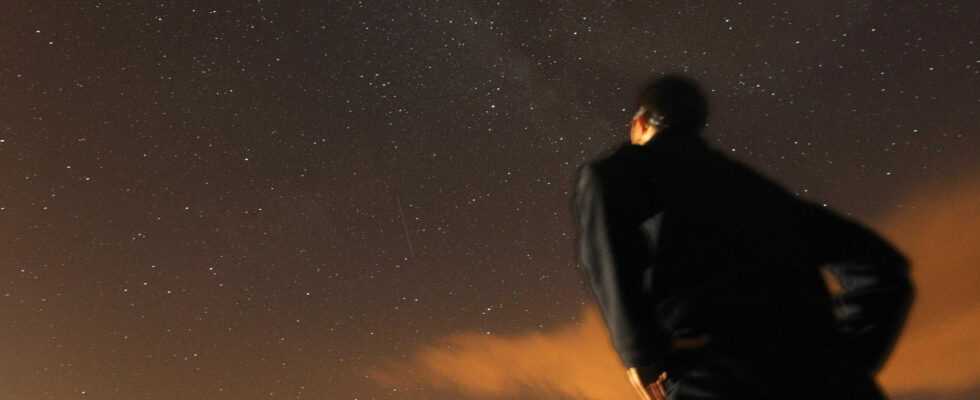Updated
Astrophysicist Avi Loeb plans to mount an expedition to search for a mysterious meteorite that fell into the Pacific Ocean in 2014, dubbed CNEOS 2014-01-08.
The US Space Command, the branch of the US military in charge of space operations, confirmed it on April 7: the meteorite which crossed the sky on January 8, 2014 before disappearing in the Pacific Ocean to the northeast of Papua New Guinea did not come from our solar system. It was the astrophysicists Amir Siraj and Avi Loeb who came to this conclusion, by analyzing the speed of the object, estimated at 60 km/s, and its very particular trajectory which did not describe an orbit around the Sun. Since this announcement, Avi Loeb has been dreaming. The astrophysicist is already known for having studied the asteroid Oumuamua, the first interstellar object detected in our inner suburbs in 2017. At the time, he stunned the scientific community by advancing the hypothesis that it could be a artificial craft, perhaps a solar sail.
Read also: Galileo project: an astrophysicist launches the great hunt for UFOs
And, true to his hobby, Avi Loeb believes in an article published by The Debrief that the CNEOS 2014-01-08 meteorite could conceal extraordinary secrets: “The discovery of this interstellar object would take science to new frontiers, he writes , because the fundamental question is whether its composition could be artificial, or better yet, whether it could contain traces of extraterrestrial technology.
To find out, there is only one solution: you have to go in search of this strange object that has fallen in a fairly precise area of ten square kilometers where you would be able to detect it with an electromagnet. . The astrophysicist therefore calls for setting up an expedition worthy of Tintin in the “Mysterious Star”: “My dream is to press the buttons on a functional machine made elsewhere than on our planet.” And to do this, Avi Loeb has a strong argument: “It would cost billions, if that is feasible, to send a probe to an asteroid from another star system. But we are lucky to have a fragment of it almost to hand under the surface of the ocean.
